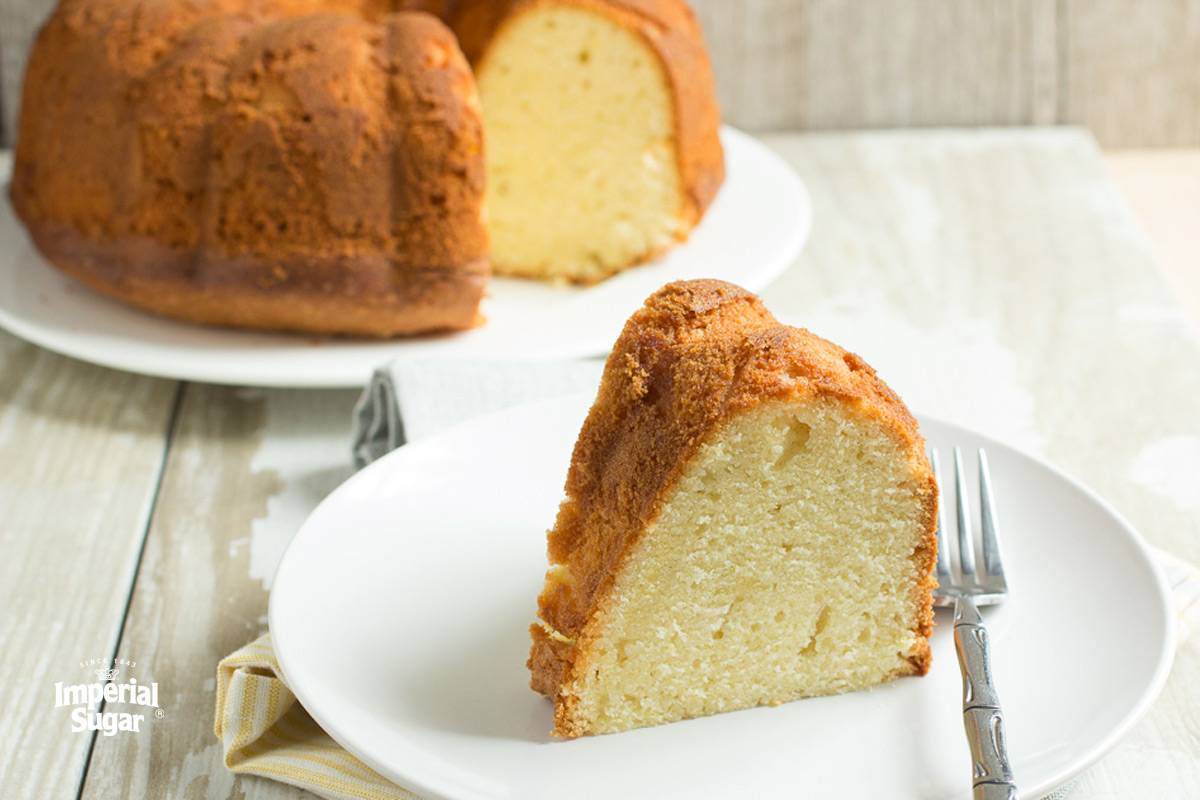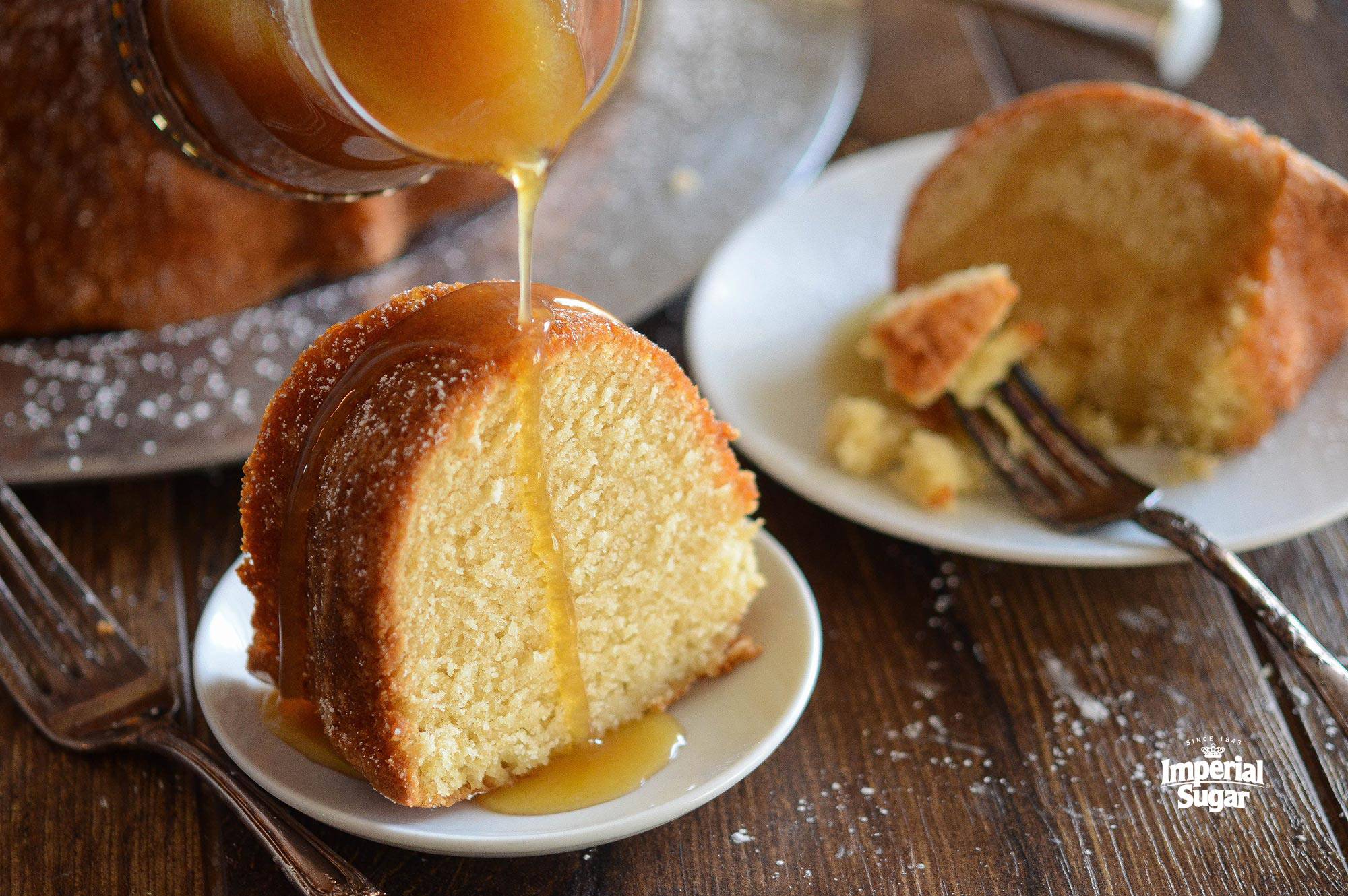
10 Tips for Making the Perfect Pound Cake

The humble pound cake, originating in a simple 1:1:1:1 ratio of flour, butter, eggs, and sugar, has been a beloved staple for generations. Initially designed as an easy-to-remember formula, the pound cake has evolved into a versatile favorite, suitable for any baker's repertoire.
The Traditional Recipe and Its Evolution: Originally, pound cake was created with a pound each of its four key ingredients, resulting in a substantial 4-lb cake. You read that right, that's a whopping 4-lb cake when you are done!
As Southerners, we all have an opinion about pound cake. Some feel strongly about sticking to the traditional flour, butter, egg, and sugar recipe. Others like their pound cake with a little more flair. The one thing everyone can agree on is that the main flavor profile should be rich and buttery, with a dense texture and a tender crumb. Today's recipes might adjust the traditional proportions for different textures and flavors, but several things still hold true.
10 Tips for Perfect Pound Cake
- Room Temperature Ingredients: Ensure your butter, eggs, and any other dairy ingredients are at room temperature. This helps to achieve a smoother batter and a more even bake.
- Sifting Dry Ingredients: Sift flour and leavening agents to create a lighter cake.
- Creaming Butter and Sugar: This step is crucial. Beat the butter and sugar together until the mixture is light and fluffy. This process incorporates air and gives the cake its signature fine crumb.
- Mixer Speed: When adding flour and liquids, reduce the mixer to a medium-low setting. Mix just until the ingredients are combined. Overmixing can result in a tough texture due to excess gluten development.
- Egg Addition: Add eggs one at a time, mixing just until the yellow disappears. This prevents the batter from curdling, which can affect the cake's texture.
- Folding Ingredients: Experiment with flavors like vanilla, lemon zest, or almond extract. You can also add nuts or dried fruits, but coat them in flour first to prevent them from sinking to the bottom. For ingredients that need to be folded in, do it by hand with a large spoon or spatula.
- Use Real Butter: Margarine's varying fat content can alter the cake's outcome.
- Prepare the Pan Properly: Grease and flour every nook of your pan to prevent sticking.
- Baking Time: Preheat your oven to the correct temperature before baking. An oven thermometer can help ensure accuracy as oven temperatures can vary. Bake slowly and avoid rushing; rotate the pan once for even baking. Bake the cake as directed, but start checking a few minutes before the recipe suggests. The cake is done when a skewer inserted into the center comes out clean or with a few crumbs attached.
- Cooling: Allow the cake to cool in the pan for a while before transferring it to a wire rack. This helps the cake set and prevents it from breaking apart.
Additional Professional Tips
- Understand Your Recipe: Know the proportions and textures your recipe aims to achieve.
- Patience and Practice: Be patient and practice. Don't get discouraged if your first attempt isn't perfect. Baking is as much an art as it is a science, and practice leads to perfection.
- Storage: Store at room temperature under an airtight cover for 4-5 days.
Pound cakes, with their rich history and straightforward methodology, are a testament to the beauty of baking. Whether sticking to the traditional recipe or exploring modern variations, the key to a successful pound cake lies in understanding and respecting the process. Remember, each step, from ingredient selection to baking, contributes to creating a cake that's not just a treat for the taste buds but also a homage to baking's rich tradition. The beauty of pound cake lies in its simplicity and the rich, buttery flavor.
Pound cake recipes have stood the test of time. When researching this piece, we found 8 classic pound cake recipes in our Homemade Good News - Summer Guide to Entertaining 1993 issue. From Chocolate Raspberry Pound Cake to Peanut Butter Pound Cake, these recipes are just as popular now as they were 20+ years ago. Jump to page 9 to start.
Here are some of our more recent (and popular) pound cake recipes:




Did you know?
- Pound cakes actually taste better the next day, so you can make it ahead.
- Pound cakes freeze beautifully. Just wrap your cooled cake well in plastic wrap, cover it with a layer of foil, and pop it into the freezer. Tightly sealed, your cake will still taste freshly baked even after three months in your freezer. To thaw, simply allow the cake to stand on your counter until it reaches room temperature. Never reheat to thaw.
Quick trick: When you need to cut out those waxed paper circles used to line your baking pans, place a sheet of waxed paper that is larger than your pan on a wooden cutting board. Place the pan, bottom side down, on top of the paper and hold it securely in place by pressing down hard with one hand. Then run a very sharp, pointed knife smoothly around the rim of the pan. If the point of your knife is sharp enough, it will cut right through the paper or score the line for you. To cut the hole perfectly in the center of your circle (for the tube), simply fold the circle into quarters and trim away the point.
PIN THIS NOW

 then
then  Add IMPERIAL SUGAR to Home Screen
Add IMPERIAL SUGAR to Home Screen



Sign in or create an account
You need an account to like and rate recipes, comment, and share a recipe with the community.
Continue with Facebook